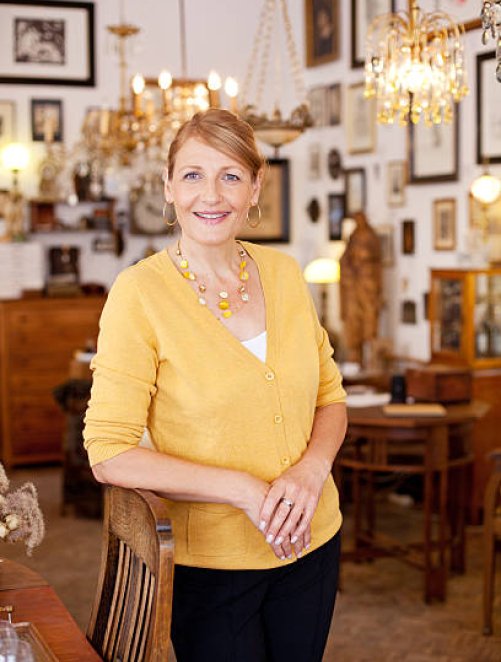


Japanese antique screen
The screen was bought by my paternal grandmother when she traveled to Japan back in the early 1950's. It has been in our family since. As you will see in the pictures i am attaching, it is made of 5 panels. I believe it is made of gold leaf and painting. Overall, the condition is good. There is a slight ding as you will see in one of the pictures. I have attached pictures of handwritten characters which might help you establish its origin.
Each panel measures 110cm height, 48cm wide.
Inherited
Yes


Hello,
Your item is an original Japanese folding screen (byōbu), likely dating from the late Meiji to early Showa period (c. 1900–1940), though the exact age may be confirmed by the calligraphy visible on the back. These screens were traditionally used as room dividers, windbreaks, or decorative artworks. The scene depicted — featuring birds, bamboo, and floral elements — is painted over gold leaf, which is a classical decorative technique in Japanese art that emphasizes opulence and a refined taste. The presence of gold leaf suggests it was produced for a well-off domestic interior or for ceremonial use.
Based on the style and format — five panels with dimensions of approximately 110 x 48 cm each — and the traditional imagery (white heron, bamboo, plum blossoms), this screen belongs to the Rinpa or Nihonga school tradition, combining nature, seasonal elements, and fine brushwork. The fact that it was purchased by your grandmother in Japan in the early 1950s further supports its authenticity and mid-century provenance. It is also worth noting that similar examples are often collected by both Japanese and international collectors and institutions.
The characters on the side panels may be either a poetic inscription, dedication, or a studio signature, but not necessarily a maker’s mark in the Western sense. If you don’t recall the calligraphy on the back, it might have been faint or partially obscured—happy to take another look if needed. Yes, the price range is based on comparable screens sold internationally, especially through galleries and online auctions that handle Japanese folding screens from the same period and school. While Japan remains the strongest market, good screens also do well in the U.S. and Europe. Since you’re in Bali, a private sale through a regional dealer or international platform like LiveAuctioneers might be more efficient than trying to ship it to Asia. And yes, visible damage, even minor, does affect value slightly, especially with decorative panels where condition is part of the appeal. That said, your screen still carries strong visual and historical value overall.
Hello David,
Thank you for your response and insights.
Actually, the screen is in my possession here in Bali. I will have a closer look at the back of the screen and let you know if i see anything there. Will keep you posted if i do.
Thank you for the suggestion about LiveAuctioneers site and go from there.
Best regards,
Mark










Good morning!
Thank you for your appraisal and insights you give which allow me to finally know more about this beautiful screen.
I would like to ask you a few questions:
- In the photos i submitted, the side panels seem to have written characters. What do they mean? The makers mark? You refer to a calligraphy visible on the back. I don't remember seeing it.
- Is the price range you quoted based on similar items being sold that you know of?
- If I were to sell it what would you advise me to do?
- Where would be the best place to do so? I assume Asia?
The screen is with me in Bali, Indonesia.
- Do you think the fact that there is a small "ding" (visible on the picture) and a few bits of paint have fallen off, will affect the value?
Many thanks in advance!
Best regards,
Mark